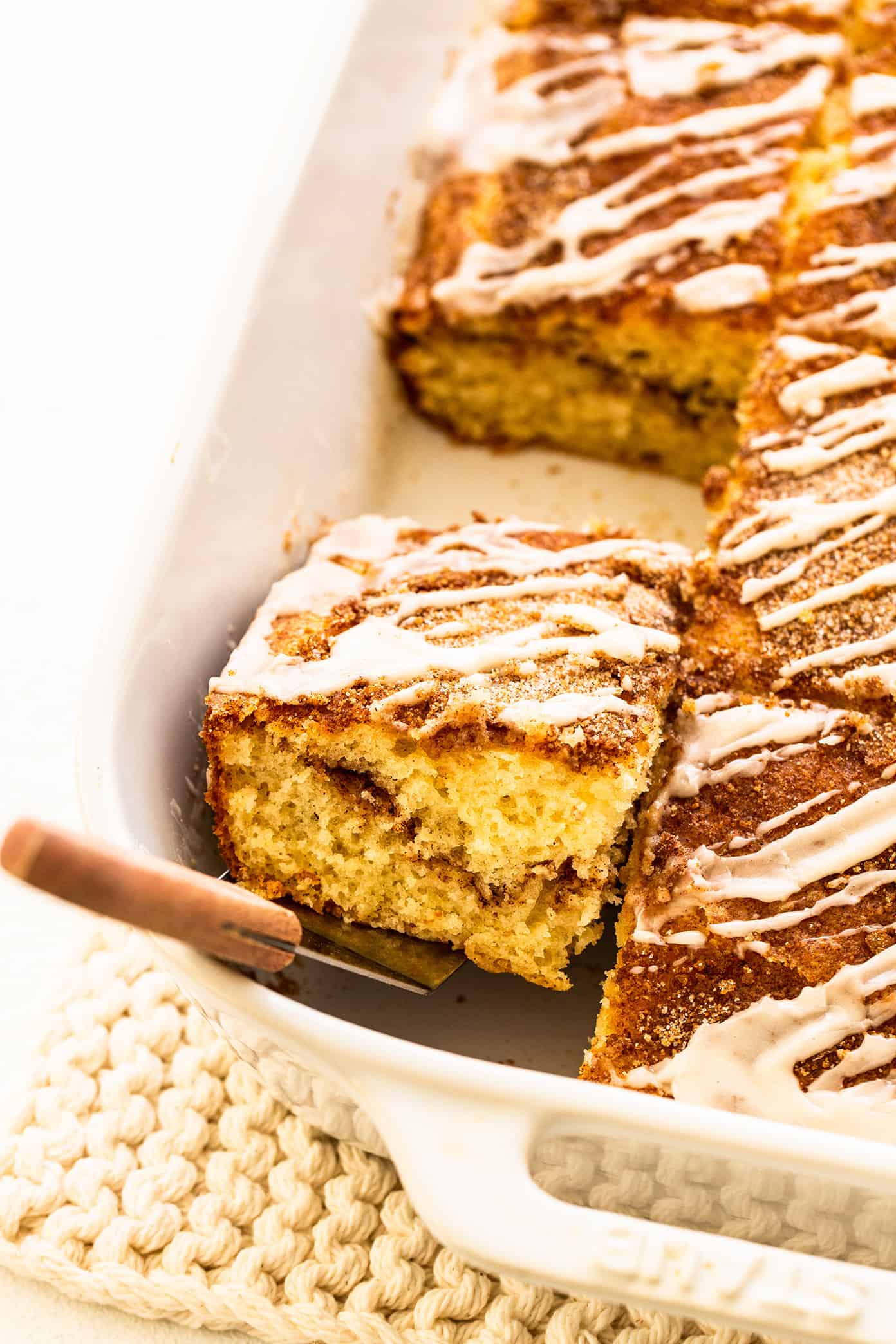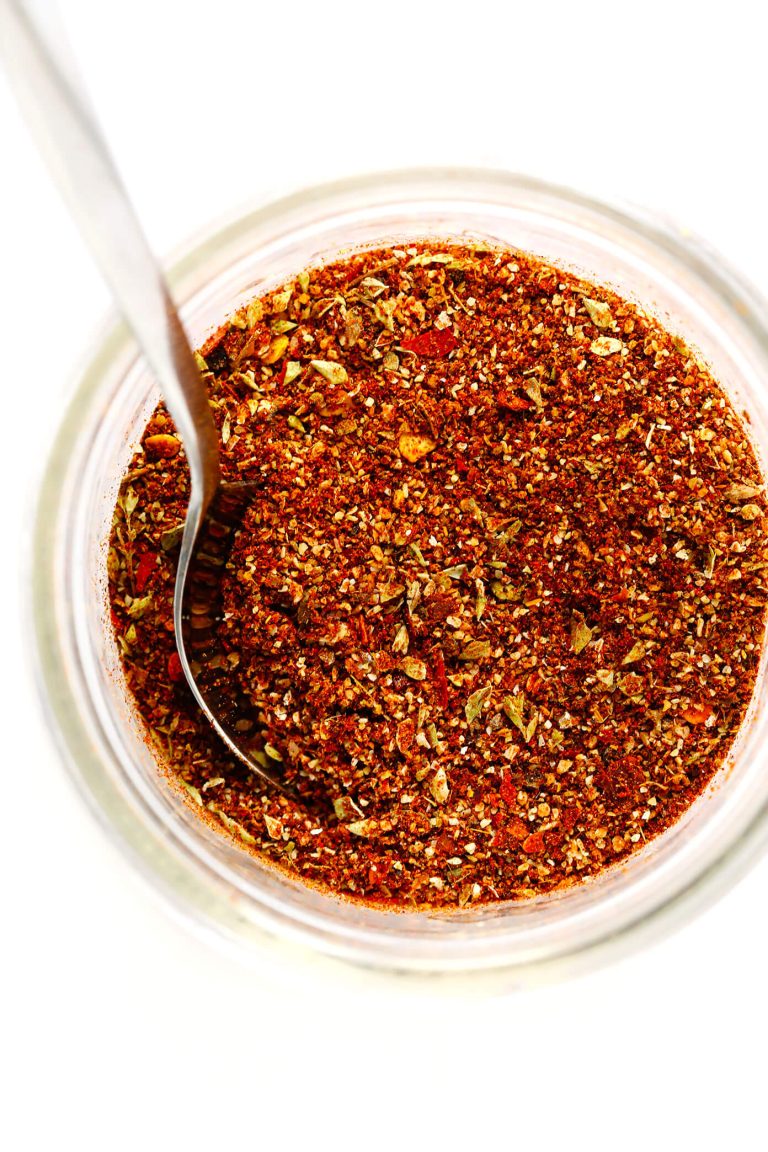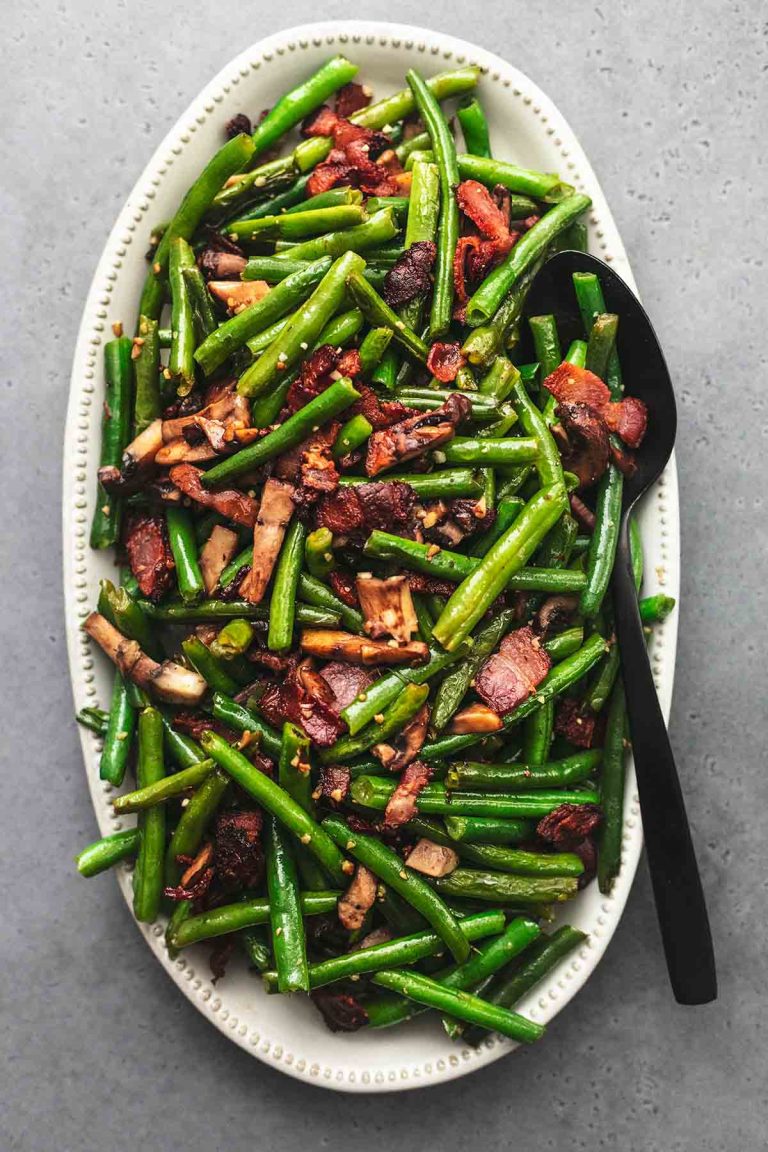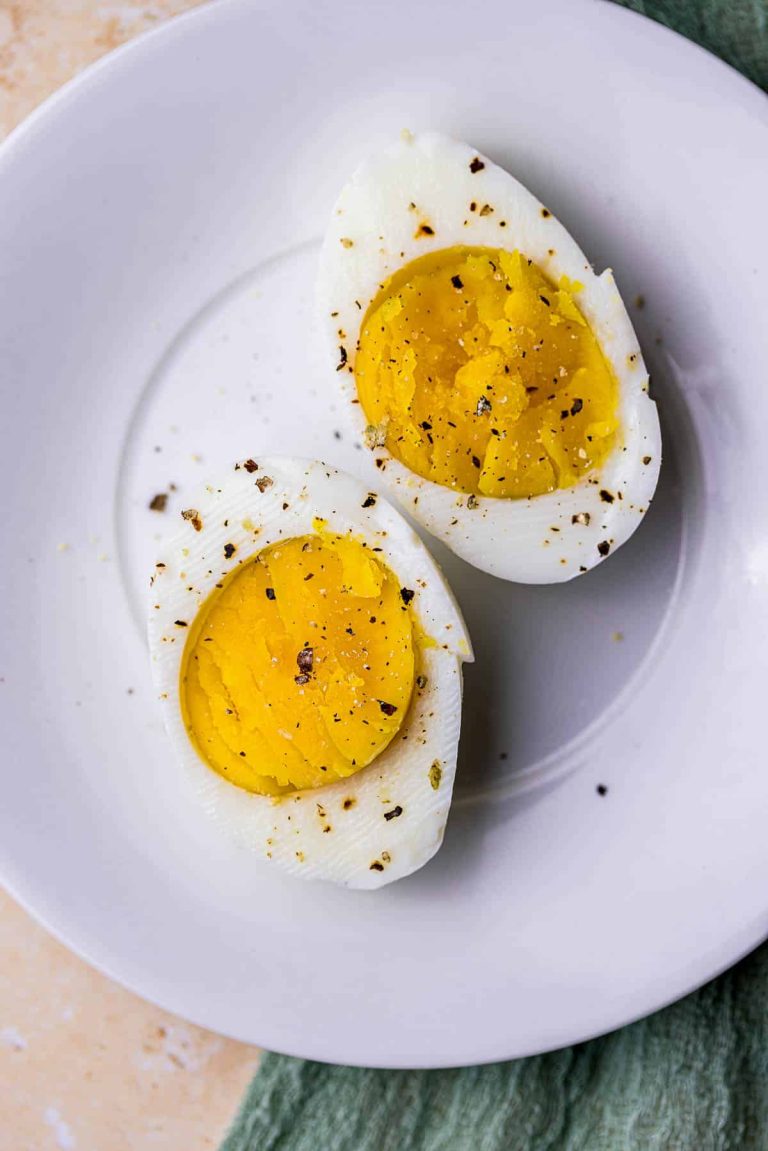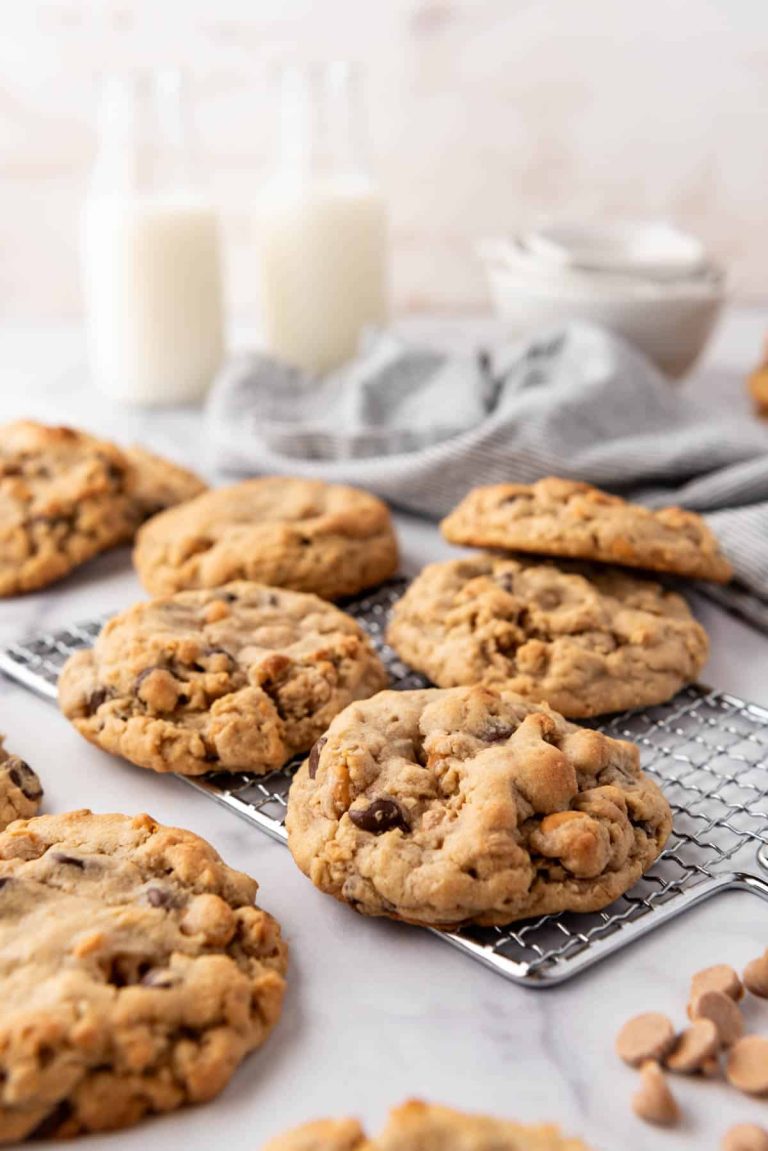Sour Cream: Tips, Storage, and Delicious Recipes
Sour cream is a dairy product created by fermenting regular cream with lactic acid bacteria. This fermentation process thickens the cream and gives it a tangy flavor. The lactic acid produced during fermentation acts as a preservative, increasing the shelf life of the product. Typically, sour cream contains about 18-20% milkfat, though fat-free and reduced-fat versions are also available. Commonly used bacterial cultures include Lactococcus lactis and Leuconostoc species.
The Role of Sour Cream in Cooking
Sour cream plays multiple roles in cooking because of its texture and acidity. It adds creaminess and a subtle tang to dishes, enhancing flavors without overpowering them. It’s frequently used in baked goods like cakes and muffins to keep them moist and tender. In dips and dressings, sour cream provides a smooth, rich base that pairs well with various herbs and spices. For hot dishes, sour cream can be added to soups and sauces to enrich the texture and balance acidity.
Benefits of Making Sour Cream at Home
Freshness and Flavor
Homemade sour cream offers unmatched freshness and flavor. When you make it yourself, the sour cream is free from preservatives and artificial additives. This results in a more authentic taste, enhancing your culinary creations. Freshness directly influences flavor, making your dips, dressings, and baked goods exceptionally delicious. You’ll notice the difference in every spoonful, from baked potatoes to dollops on tacos.
Control Over Ingredients
Creating sour cream at home gives you complete control over the ingredients. You can choose organic dairy products and avoid thickeners, stabilizers, or other unwanted chemicals. This is especially beneficial if you’re catering to dietary restrictions or food sensitivities. For instance, selecting grass-fed or lactose-free milk ensures your sour cream meets specific health and nutritional requirements. Additionally, this control allows for customization, such as adjusting the tanginess or thickness to suit your preference.
How to Make Homemade Sour Cream
Required Ingredients
To make homemade sour cream, gather the following:
- Heavy Cream: Use one cup of heavy cream. Ensure it’s fresh for the best results.
- Buttermilk: You’ll need two tablespoons of buttermilk. It helps in the fermentation process.
- Jar with Lid: A clean jar with a tight-fitting lid will be necessary for mixing and storing.
- Combine Ingredients: Pour the heavy cream into your jar. Add the buttermilk and stir well to combine the ingredients thoroughly.
- Cover and Rest: Seal the jar with its lid. Leave the jar at room temperature, around 70°F (21°C), for 24 hours. This period allows the mixture to thicken and develop tanginess.
- Check Consistency: After 24 hours, open the jar and check the mixture. It should be thick and creamy. If the sour cream hasn’t thickened enough, let it sit for an additional 6-12 hours.
- Refrigerate: Once the sour cream reaches the desired consistency, place the jar in the refrigerator. Chill for at least 4 hours before using. This step finalizes the flavor and texture.
- Store Properly: Keep the homemade sour cream in the fridge. It stays fresh for up to two weeks. Always use a clean spoon to avoid contamination.
Follow these steps to create fresh, flavorful homemade sour cream for your culinary needs.
Tips for Perfect Homemade Sour Cream
Choosing the Right Cream
Select high-quality heavy cream for the best results. Prefer organic products to avoid unwanted additives. Check the fat content; a higher fat percentage ensures a creamy texture. Avoid ultra-pasteurized creams as they can hinder the fermentation process.
Temperature and Time Factors
Maintain an optimal fermentation temperature of 70-75°F (21-24°C). Warmer temperatures accelerate fermentation, while cooler ones slow it down. Let the mixture ferment for 24 hours, then adjust based on your taste preference. Longer fermentation produces a tangier sour cream. Store the sour cream in the refrigerator once the desired consistency is reached.
For perfect consistency, stir the sour cream after refrigeration. The more consistent the process, the better the results each time.
Uses for Homemade Sour Cream
Culinary Applications
Homemade sour cream enhances dishes with its rich flavor. You can spread it on baked potatoes for a creamy texture or mix it into dips for added tang. It works well as a topping for tacos, nachos, and chili, elevating the taste with a subtle tartness. Salad dressings benefit from its smooth consistency, providing a delightful balance of creaminess and acidity. Incorporating it into mashed potatoes results in a fluffier and richer side dish. Baking enthusiasts can use it to moisten cakes, muffins, and scones, ensuring a tender crumb. Even soups, like borscht or New England clam chowder, gain depth with a dollop of this homemade delight.
Creative Recipes
Your culinary creativity can thrive with homemade sour cream. For a refreshing summer treat, blend it into a cucumber and dill salad. You can make a tangy marinade for chicken, combining it with lemon juice, garlic, and spices. For a unique twist, create sour cream pancakes by substituting it for buttermilk in the batter, leading to a moist and fluffy texture. Use it in place of mayonnaise in coleslaw for a lighter, tangier version. You can also make a creamy pasta sauce by mixing it with herbs and grated cheese. Lastly, try it in a cheesecake recipe for a richer, more opulent dessert.
Storing Homemade Sour Cream
Best Practices
Use an airtight container to store homemade sour cream in the refrigerator. Keeping it sealed prevents contamination and preserves its quality. Place the sour cream on a middle shelf, where the temperature is most stable, to avoid spoilage. Stir it gently before each use to maintain a consistent texture, especially after refrigeration.
Shelf Life
Homemade sour cream typically lasts up to two weeks when stored correctly. Check for changes in smell, texture, or taste to ensure it’s still good. If you’ve added flavorings or seasonings, the shelf life might be shorter. Always consider the freshness of the ingredients used to make your sour cream, as this impacts its longevity.
Conclusion
Making your own sour cream at home is a rewarding and straightforward process. You’ll enjoy the superior taste and freshness that store-bought versions just can’t match. With the right ingredients and a bit of patience, you can create a versatile kitchen staple perfect for a variety of dishes. Remember to use high-quality cream and follow proper storage practices to ensure your homemade sour cream stays fresh and delicious. Whether you’re enhancing baked goods or adding a tangy touch to your favorite recipes, homemade sour cream offers endless culinary possibilities.
